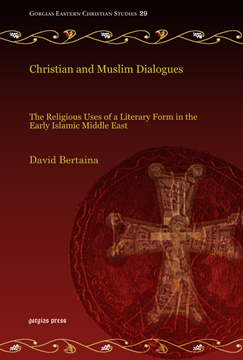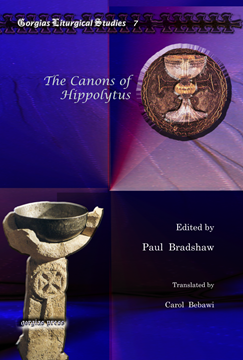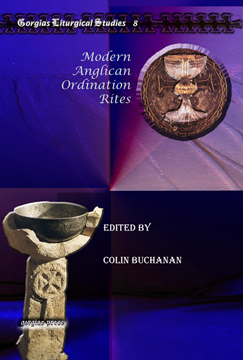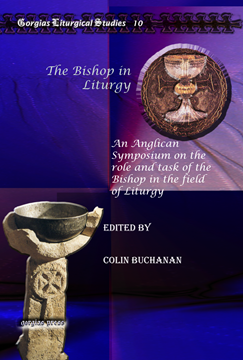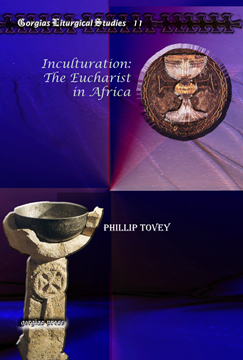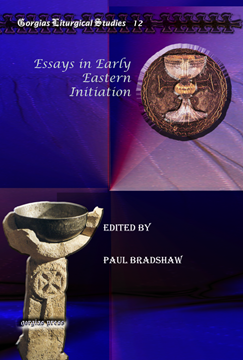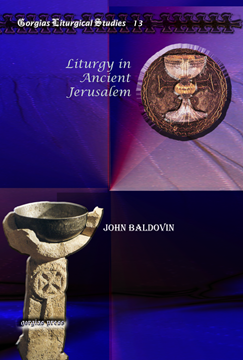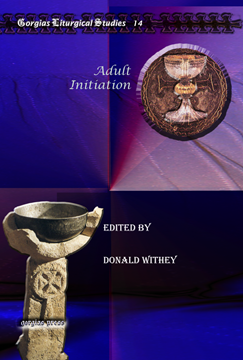Christian and Muslim Dialogues
The Religious Uses of a Literary Form in the Early Islamic Middle East
Series: Gorgias Eastern Christian Studies 29
ISBN: 978-1-61143-920-5
Linked by a common geography and claim to the true religion, Christians and Muslims had a long history of interreligious discourse up to the Crusades. These faith communities composed texts in the form of dialogues in light of their encounters with one another. This book surveys the development of the genre and how dialogues determined he patterns of conversation. Each chapter highlights a thematic feature of the literary form, demonstrating that Christian and Muslim authors did not part ways in the first century of Islamic rule, but rather continued a dialogue commending God’s faithful believers.
$188.00 (USD) $112.80 (USD)
From Jewish to Christian
Series: Kiraz Liturgical Studies 6
ISBN: 978-1-60724-346-5
An examination of the centres, patterns and elements of Jewish worship and the transition from Jewish worship to Christian. The study also considers the origin of several aspects of Christian worship.
$138.00 (USD) $82.80 (USD)
The Canons of Hippolytus
Edited by Paul Bradshaw; Translated by Carol Bebawi
Series: Kiraz Liturgical Studies 7
ISBN: 978-1-60724-347-2
The fifth or sixth century document known as the 'Canons of Hippolytus' is a set of thirty-eight canons with a concluding sermon. They are presented here translated into English with an introduction.
$138.00 (USD) $82.80 (USD)
Modern Anglican Ordination Rites
Edited by Colin Buchanan
Series: Kiraz Liturgical Studies 8
ISBN: 978-1-60724-359-5
This study presents the Anglican ordination rites from the 1970s and 1980s, analyzing and comparing their respective contents and character.
$100.00 (USD) $60.00 (USD)
A Kingdom of Priests
Liturgical Formation of the People of God
Edited by Talley Thomas
Series: Kiraz Liturgical Studies 9
ISBN: 978-1-60724-360-1
Papers read at the Anglican Liturgical Consultation Brixen, North Italy, 24-25 August 1987.
$138.00 (USD) $82.80 (USD)
The Bishop in Liturgy
An Anglican Symposium on the role and task of the Bishop in the field of Liturgy
Edited by Colin Buchanan
Series: Kiraz Liturgical Studies 10
ISBN: 978-1-60724-361-8
A series of essays exploring the sacerdotal role of the bishop in the Anglican church. Both historical and contemporary perspectives on the bishop's liturgical role are presented.
$138.00 (USD) $82.80 (USD)
The Eucharist in Africa
Series: Kiraz Liturgical Studies 11
ISBN: 978-1-60724-362-5
An introduction to the issues surrounding inculturation, with particular reference to the Eucharist in the African context. Discussion is held of a variety of denominations and the text of the Eucharistic prayer for the new Kenyan service is included.
$138.00 (USD) $82.80 (USD)
Essays in Early Eastern Initiation
Edited by Paul Bradshaw
Series: Kiraz Liturgical Studies 12
ISBN: 978-1-60724-363-2
Paul Bradshaw, Maxwell Johnson, and Ruth Meyers write on baptismal practice in the Alexandrian tradition, reconciling Cyril and Egeria on the catechetical process, and the structure of the Syrian baptismal rite.
$110.00 (USD) $66.00 (USD)
Liturgy in Ancient Jerusalem
Series: Kiraz Liturgical Studies 13
ISBN: 978-1-60724-364-9
This brief study investigates the liturgy of Jerusalem, a church which had a far-reaching and permanent effect on the rest of Christianity; initiation, the Eucharist, the Daily Office and the liturgical year are considered.
$110.00 (USD) $66.00 (USD)
Adult Initiation
Edited by Donald Withey
Series: Kiraz Liturgical Studies 14
ISBN: 978-1-60724-365-6
Papers delivered at the Conference of the Society for Liturgical Study 1988 by David M Thompson, Colin Buchanan, Christopher J Walsh and Peter W Ball.
$138.00 (USD) $82.80 (USD)
